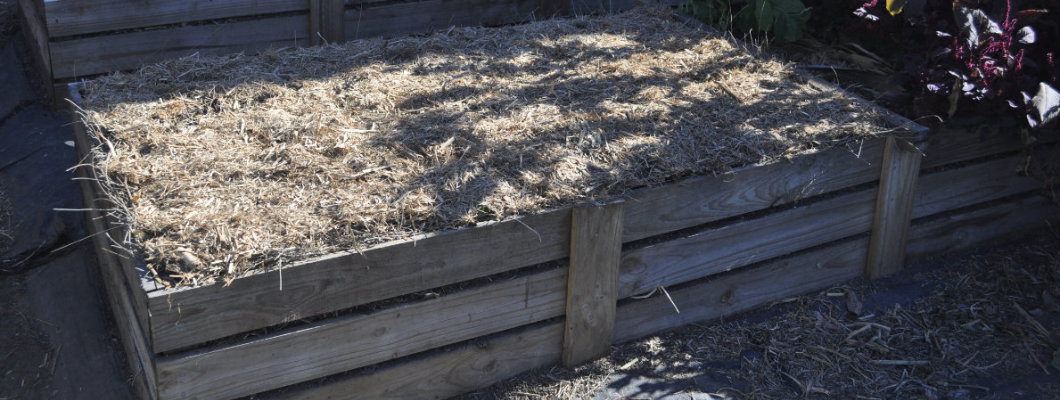
Title image above is copyright © Optimate Group Pty Ltd
First published 6th July 2022
My go-to method for filling a raised vegetable or garden bed was inspired by three composting concepts that weren’t quite the hot composting method per se, but which came close for the purposes I needed — that of creating a bed which would always be self-fertile.
The first is the ‘no-dig garden’ pioneered by Esther Deans in Sydney NSW, and described in her 1977 book “Esther Deans’ Gardening Book: Growing Without Digging”
The second is related to the first: ‘sheet’ or ‘lasagne’ mulching, and the third I didn’t even know had a name until very recently: ‘chop and drop’.
The ‘no-dig garden’ as described by Esther Dean in her book involved firstly laying out a low border frame, made of either boards or bricks, directly onto any surface, be it grass or concrete or even rocks. If on lawn or concrete, the enclosed area was covered well with overlapping newspapers to a depth of 5-10 mm. If on rocks, sticks, leaves and seaweed were used instead. This layer was then covered with a layer of lucerne biscuits as they peel off a bale. On top of these was scattered a dry fertiliser such as blood and bone or dry chicken manure, followed by a 200 mm layer of loose straw. Another scattering of fertiliser as before, and finally, a 100 mm deep, roughly half metre circle of compost on top where the seeds were to be planted.
This pile would gradually decompose and feed the growing plants throughout the season. After harvest, the now-collapsed and well-rotted pile was simply built anew on top for the whole process to begin again.
‘Sheet’ or ‘lasagne’ mulching is very similar in set-up to the no-dig garden, but is more a set-and-forget cold compost technique than an instant growing bed. Here, layers of ‘browns’ and ‘greens’ are alternated in an area of any size and left to break down slowly over months. It is a great method for improving soil and/or building up a bed in situ in an area you wish to use down the track, but is slower than the ex situ hot compost method.
‘Chop and drop’ is a term used, I recently learned!, in permaculture and refers to the cutting/pruning/weeding of plant matter and leaving it right there on the ground as a mulch that will break down over time. This is another form of cold composting and speed of breakdown will depend on the size of the chopped pieces, their carbon:nitrogen ratio, and the ambient moisture and temperature.
What I do is take the best of all of these and combine them in my 300 mm high vegie beds!
Hubby built the physical structures, which are 3000 mm × 900 mm × 300 mm (length × width × height), but this method will work for any size. My biggest problem in the beginning was finding enough material to fill them on account of their size! But the beds proved to be an incredibly handy way of ‘disposing’ of quite large tree branches that wouldn’t fit through the shredder — they were the first ones in and most conveniently took up quite a bit of space!
There was also plenty of choppable material right where the beds where to go — a jungle shall we say — and I applied the sheet mulching technique by using plenty of ‘greens’ to fill the gaps amongst the ‘browns’ that were the tree branches until these were mostly covered. I then continued layering ‘browns’ and ‘greens’ to about halfway up each bed.
I didn’t have anywhere near enough compost to top each bed with, so made it stretch by padding it out with soil.
The completely filled beds were then topped with a good layer of sugarcane mulch ready for planting — and what happens hereonin is covered in Part Two!

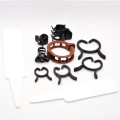
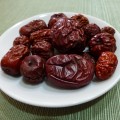
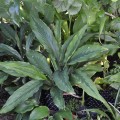
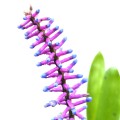

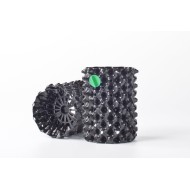
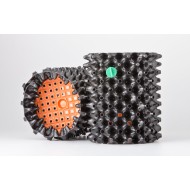
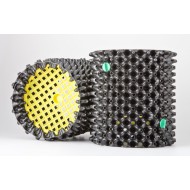
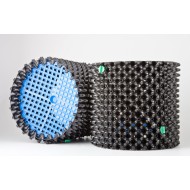
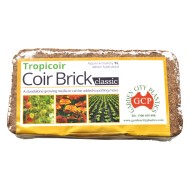
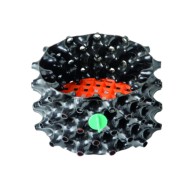
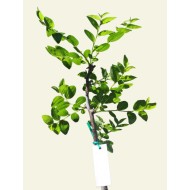
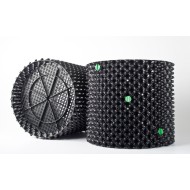
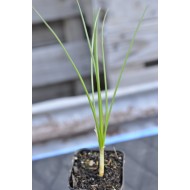
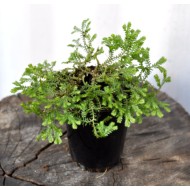
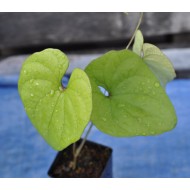
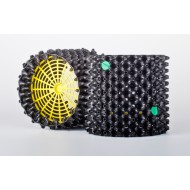
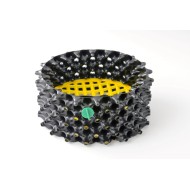
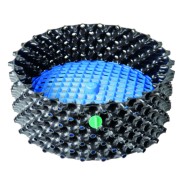
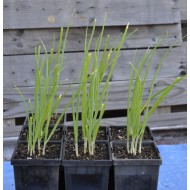
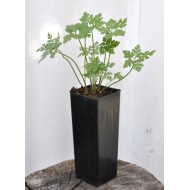
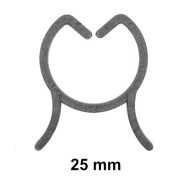
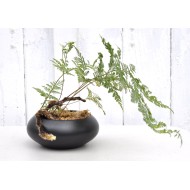
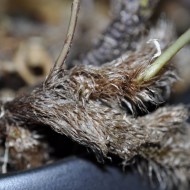
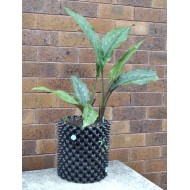
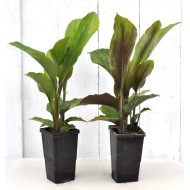
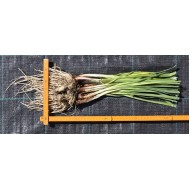
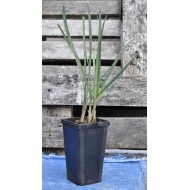
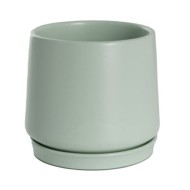
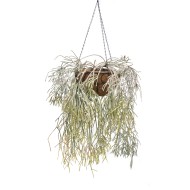
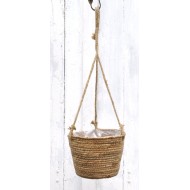

Leave a Comment